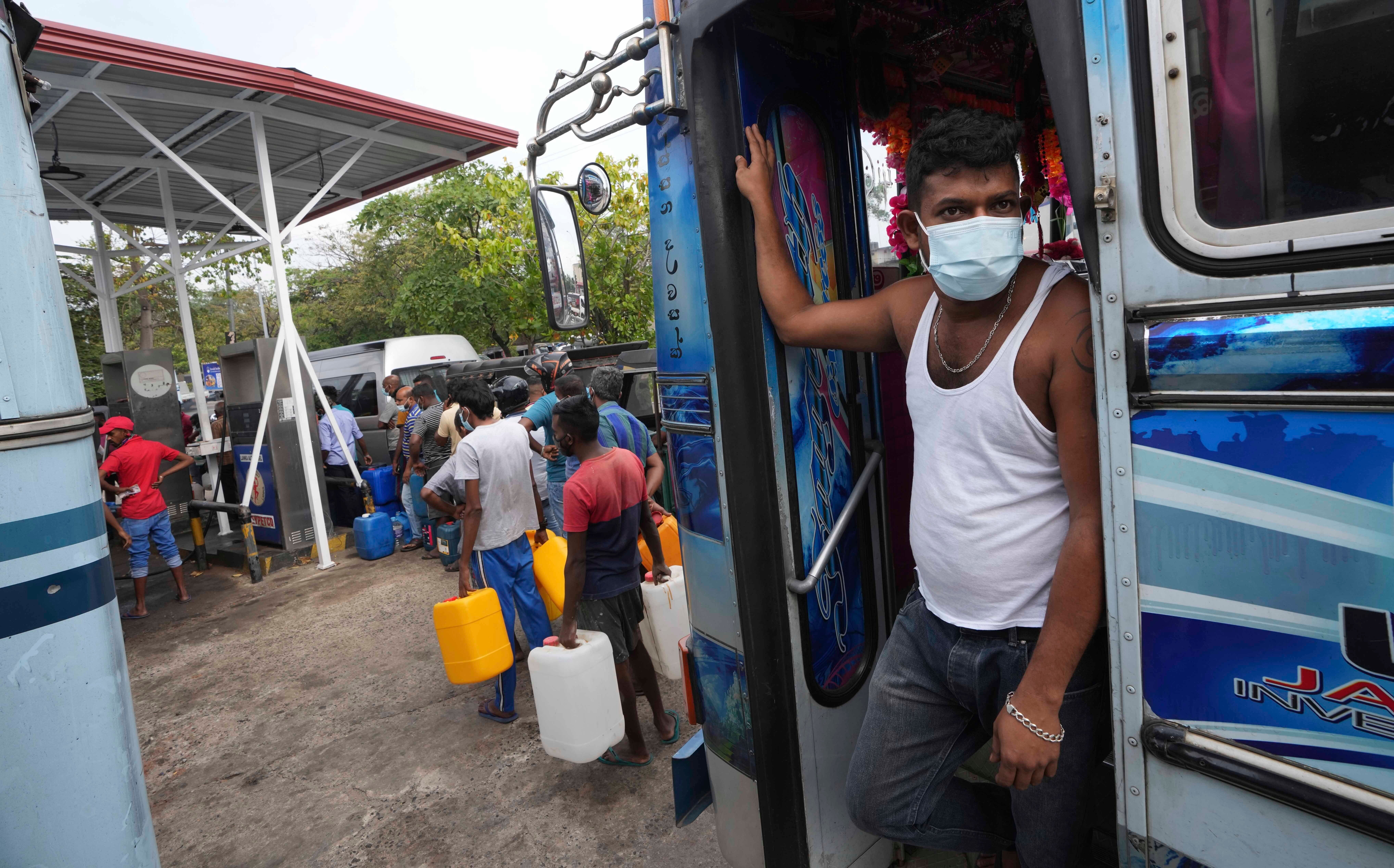Sri Lanka crisis: 13-hour daily power cuts as country faces worst economic collapse since 1948
Authorities have been told to turn off streets lights to conserve power

Your support helps us to tell the story
From reproductive rights to climate change to Big Tech, The Independent is on the ground when the story is developing. Whether it's investigating the financials of Elon Musk's pro-Trump PAC or producing our latest documentary, 'The A Word', which shines a light on the American women fighting for reproductive rights, we know how important it is to parse out the facts from the messaging.
At such a critical moment in US history, we need reporters on the ground. Your donation allows us to keep sending journalists to speak to both sides of the story.
The Independent is trusted by Americans across the entire political spectrum. And unlike many other quality news outlets, we choose not to lock Americans out of our reporting and analysis with paywalls. We believe quality journalism should be available to everyone, paid for by those who can afford it.
Your support makes all the difference.Sri Lankans are bracing for record, 13-hour blackouts as the government on Thursday said power cuts are expected to continue till May amid the island nation’s worst economic crisis in decades.
On Wednesday, parts of the country faced 10-hour-long power cuts but it was extended up to 13 hours on Thursday as Sri Lanka ran out of oil to power thermal generators.
The Indian Ocean nation has been battling a severe foreign exchange crunch, the worst since its independence in 1948, leading to an acute shortage of foreign currency to pay for imports of food, medicine and fuel.
Sri Lanka’s power minister Pavithra Wanniarachchi is relying on diesel shipment under a larger $500m credit line from India, which is due to arrive on Saturday.
“Once that arrives we will be able to reduce load-shedding hours but until we receive rains, probably sometime in May, power cuts will have to continue” Mr Wanniarachchi said. “There is nothing else we can do.”
“We have already instructed officials to shut off street lights around the country to help conserve power,” he said.
The cash-strapped South Asian nation with a population of 22 million has been forced to ration electricity for its people, publications stopped newspaper printing and schools had to halt written exams, while soldiers had to be deployed at hundreds of state-run gas stations amid shortages.

At least two more hospitals have suspended routine surgeries as they were running dangerously low on vital medicine supplies, anaesthetics and chemicals to carry out diagnostic tests and save them for emergency cases.
The country’s largest medical facility, the National Hospital of Sri Lanka in Colombo, had already reportedly halted routine diagnostic tests.
Sri Lanka’s economic woes have been blamed on successive governments not diversifying exports and relying on traditional cash sources like tea, garments and tourism, and on a culture of consuming imported goods.
The Covid-19 pandemic led to a further blow to its economy, with the government estimating a loss of $14bn in the last two years.
The Catholic Bishops Conference in Sri Lanka described the country as a “failed state” that will cause irreversible damage to people.
They called on the government and opposition to unite and stop playing the blame game as the country appeared to descend into chaos.
“All successive governments to date are responsible in varying degree for the present state of affairs,” it said in a statement.

“The country is fast approaching the precipice of a failed state that will in its wake inflict irreversible injuries on the people,” the statement added.
Meanwhile, Sri Lanka has approached the International Monetary Fund for help while seeking more loans from India and China.
It already has a severe foreign debt problem. The country’s foreign debt repayment obligations are around $7bn for this year alone.
India has already provided a $1bn credit line to buy essentials, following a previous $500m to buy fuel. China, one of Sri Lanka’s main creditors, is considering its request for a $2.5bn economic assistance package.
According to the Central Bank, inflation rose to 17. 5 per cent in February from 16.8 per cent a month earlier. It is expected to rise further as the government has allowed the local currency to float freely, resulting in higher prices for fuel and other goods.
Additional reporting by agencies
Join our commenting forum
Join thought-provoking conversations, follow other Independent readers and see their replies
Comments